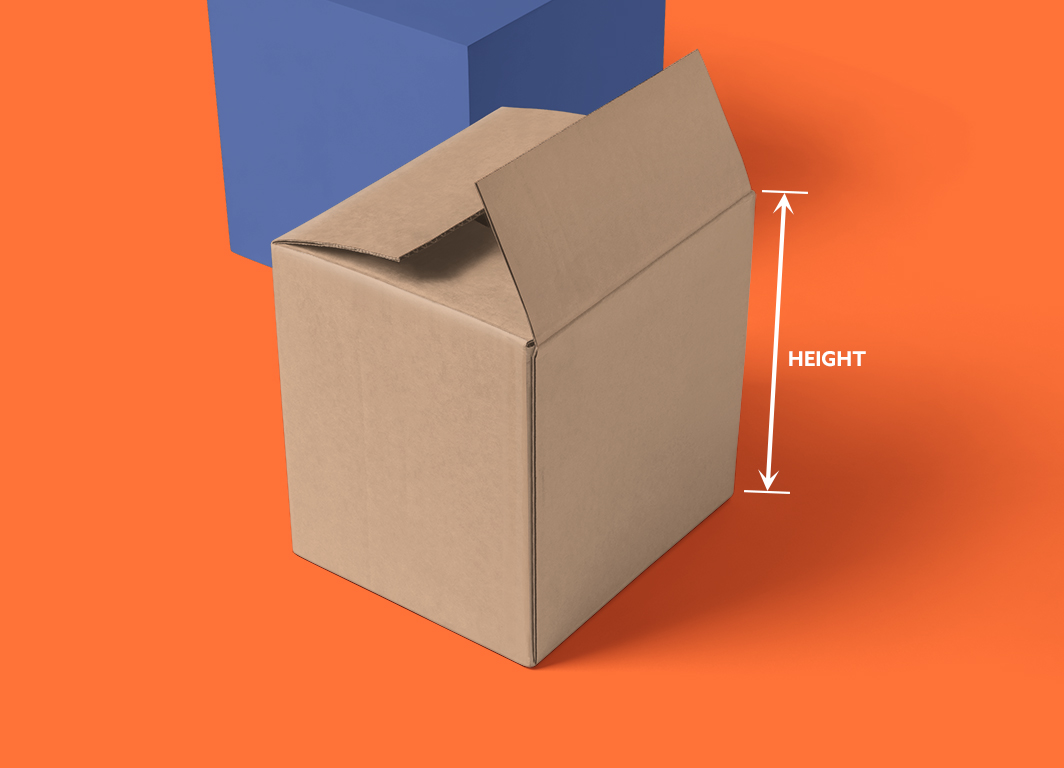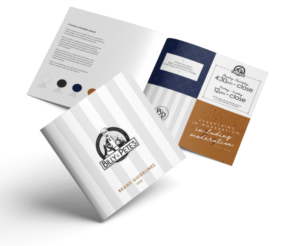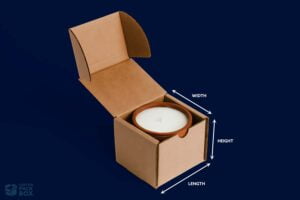Shipping a package may seem simple, but there’s more to it than just sticking a label on a box and sending it on its way. One key factor in the shipping process is measuring the box appropriately.
Don’t fret! How to measure a box isn’t a silly question to ask. An adequately measured box helps you estimate shipping costs, avoid delays, and prevent damages. You have to charge extra fees for oversized boxes, which can disturb your bottom line. So, getting your box dimensions right is better to avoid surcharges.
In this comprehensive guide, we will walk through the step-by-step process of how to measure a shipping box! Let’s start this exciting journey without any further ado!
Why Do Accurate Measurements Matter?
Before diving into the specifics, let’s understand why measuring a box before shipping is essential. The shipping price is determined by the size and weight of the package when you have your products shipped by a shipping company in amailer box. Underestimating the box’s size will result in you paying more for shipping than is necessary.
An oversized box cannot snugly fit your products within; they can move easily during transit. This may lead to damage to products, which ultimately causes the return of products that will surely disturb your bottom line. These few factors highlight why measuring a shipping box accurately is necessary.
Now, let’s move to how much to measure a box!
How to Measure the Length of Shipping Boxes

Length is the most crucial dimension for shipping boxes because shipping companies use it to determine whether a box is oversized. For instance, USP labels any box longer than 108 inches as oversized.
The length is the longest side of the box, typically called the “long dimension.” Place the tape measure or ruler along one of the longer edges of the box, from one corner to the opposite corner. Make sure the tape measure is flat against the box, and record the measurement in inches.
How to Measure the Width for Box Measurements

Next, determine the box’s width. The side of the box that is perpendicular to the length is its width. Turn your custom packaging boxes to 90 degrees to measure the width. Record the measurement in inches by placing the ruler or tape flat on the box and moving it from one corner to the other.
How to Measure the Height of a Shipping Box

Now, it’s time to measure the height of the box. The side of the box perpendicular to the length and breadth is called the height. Record the measurement in inches by placing the ruler or tape against the box and moving it from one corner to another.
How to Calculate the Volume of the Box
To determine the box’s volume, multiply the length (L), width (W), and height (H) measurements. This will provide you with the box measurement in cubic inches. If you prefer to work in cubic feet (common for shipping calculations), divide the cubic inches by 1,728 (since there are 1,728 cubic inches in a cubic foot).
L x W x H = Volume. For example;
- Length: 12 inches
- Width: 8 inches
- Height: 10 inches
The box’s volume would be (12 x 8 x 10) = 960 cubic inches or (960 / 1,728) = 0.56 cubic feet.
How Much Does a Shipping Box Weigh
After measuring the box’s dimensions, you should consider the corrugated shipping boxes’s weight. Calculate the weight of your box using a ruler or scale, considering all the contents and any packaging materials you intend to use, such as custom inserts. Measure the weight in pounds. Make sure to weigh your package after it’s fully packed and sealed.
If you’re curious about cardboard boxes’ weight measurement, you must jump into our latest comprehensive guide on how much does a cardboard box weighs. It will help you to accurately measure your cardboard packaging weight in pounds, grams, and ounces.
Choose the Right Shipping Option
You can now select the right shipping company when accurately measuring your custom printed box dimensions. Most courier services and postal systems have different rates based on the box dimensions, so precise measurements are necessary to get an accurate shipping quote.
Here’s the breakdown for common US carriers on shipments:
USPS Package Size Limit
- Weight: Maximum 70 pounds
- Maximum size: 108 inches in combined length/girth
- Length should be 130 inches (must use USPS Retail Ground, which also incurs an oversized charge).
FedEx Package Size Limit
- Maximum weight should be 150 pounds
- The maximum size is 165 inches in combined length/girth
- The maximum length is 119 inches
Final Verdict!
Measuring the dimensions of corrugated boxes is a basic step to ship your products and manage your shipping charges securely. Following the steps above, you can precisely measure your box and ship your package efficiently and cost-effectively.
If you still need assistance, you can directly contact the professional engineers and designers of Custom Pack Box. They will guide you on how to measure a shipping box. We are just one call away from solving your queries!



